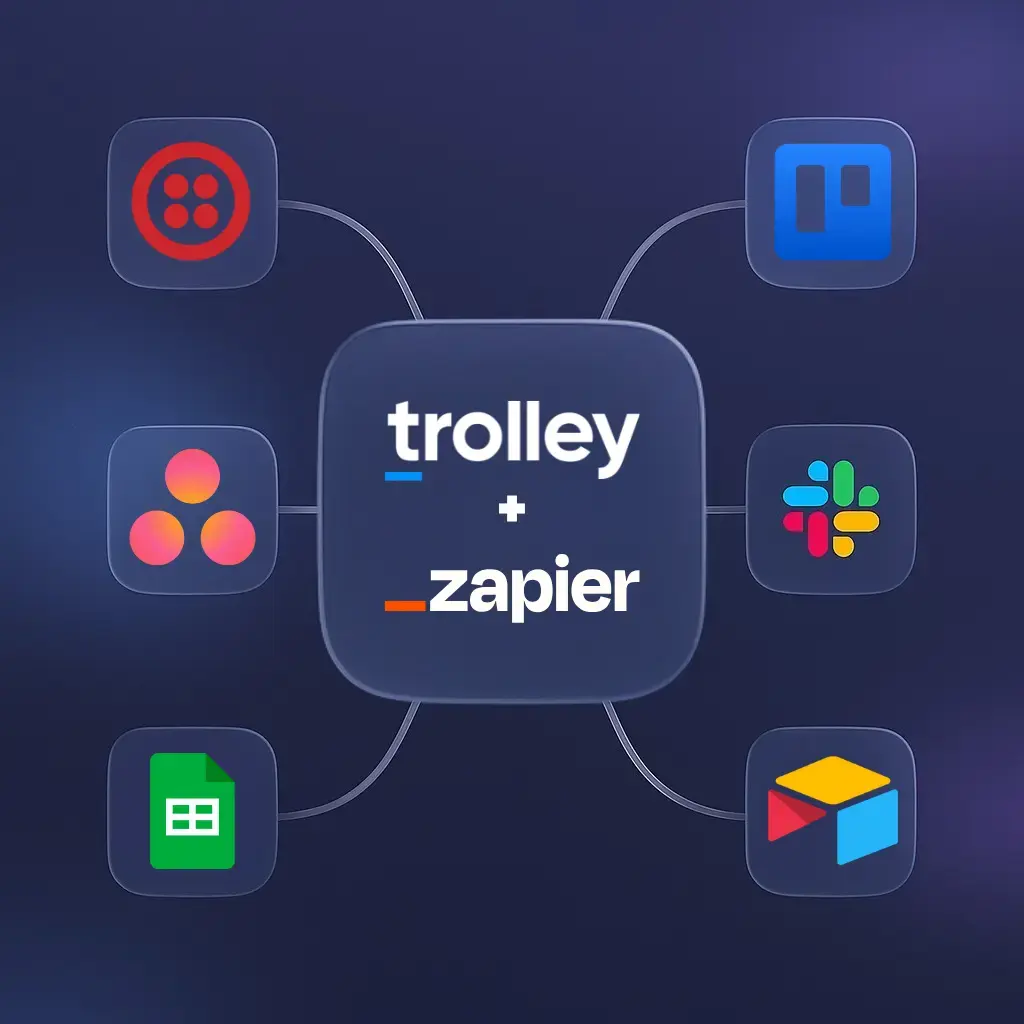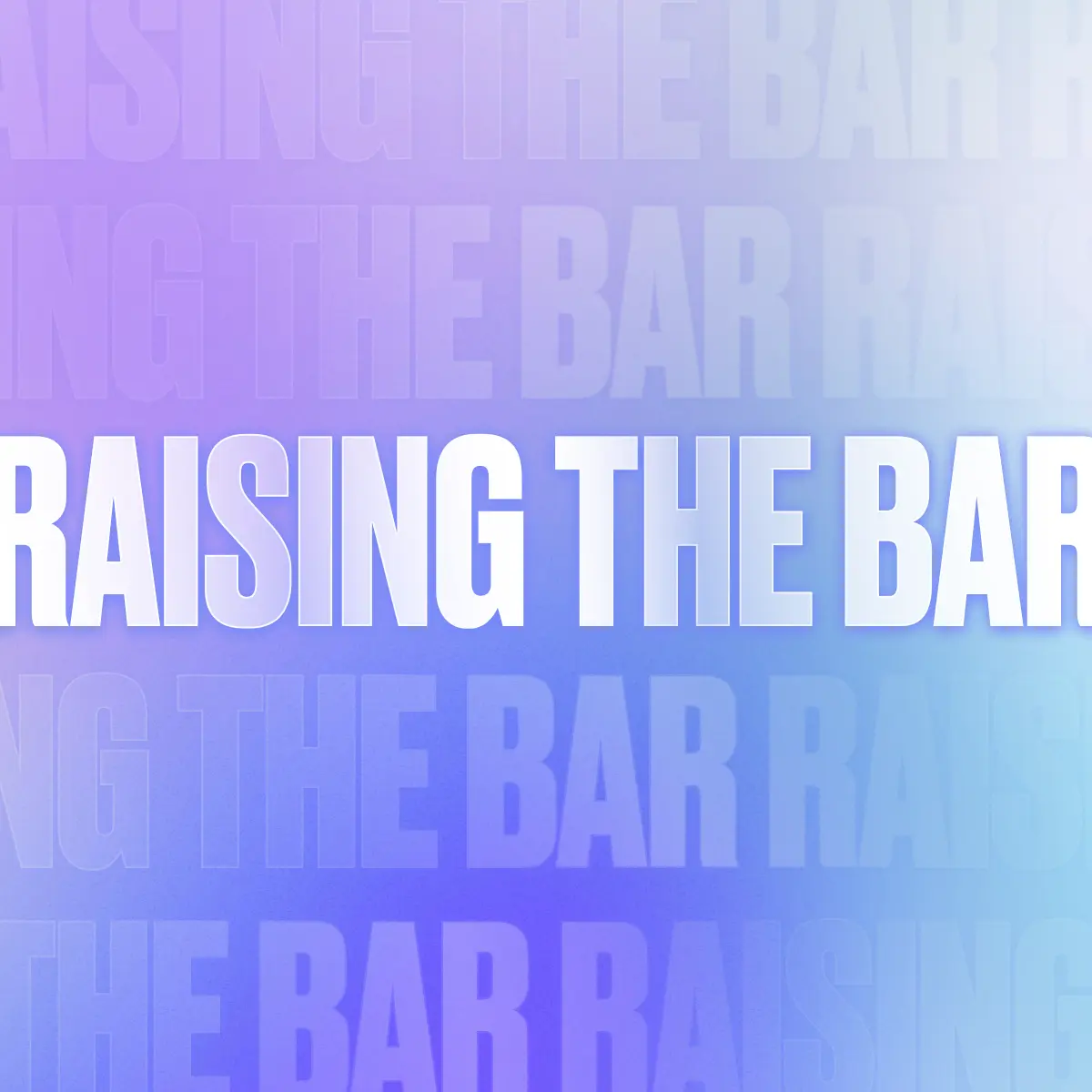Independent contractors are used by most businesses around the world to complete project-based or casual labor. While part-time and full-time employees are typically in the same country, on payroll and paid through a payroll provider, contractor payments are often more challenging, especially if they are overseas.
In this article, we’ll break down some common challenges and offer best-practices for paying contractors. For the context of this article, we’re assuming you’ve already found contractors to work with, and are trying to find a more cost effective and efficient to manage and pay them, and that you’re not looking for a platform that helps you find contractors.
Paying Domestic Contractors
Paying domestic contractors in most countries is straightforward. You could pay them a variety of ways:
- Check or Cash if they are geographically close to you (these are harder to automate and track)
- Direct Deposit or Bank Transfer (ACH in the US)
If you’re working with more than 5 contractors at once, this can start to become challenging, and take up a significant amount of admin time. The challenges that present themselves become:
- Collecting addresses and banking details from contractors (we automate this with our Recipient Widget or Recipient Portal)
- Collecting W9 forms off of contractors (for US companies)
- Sending payments to each contractor (Trolley offers CSV uploads or API automation)
- Keeping track of the payments sent to each contractor (Our Web Dashboard helps you track and report on these payouts)
- Marking contractor invoices as paid in your accounting system (We can sync with your accounting system)
- Managing returned payments and other issues that may arise with payments
- Sending 1099s to contractors at the end of the year
Trolley solves these types of challenges, offering you an online platform to manage all of these details. From collecting W9s, addresses and banking details, to sending payouts, tracking them, and synchronizing them back to your accounting system.
Paying International Contractors
Paying international contractors presents different challenges compared to paying domestic contractors. Here are some of the common challenges:
- Cash or check payments are no longer feasible options because of the risks and long timelines related to international mail, this means payments must be sent through the banking networks.
- Banking details are different in each country, and the exact information needed is often not known until you’re trying to send the payment in most cases.
- Language barriers (especially with banking-related terms).
- Banks and many 3rd party payouts companies can only send via Wire Transfers over the SWIFT network. These are costly, usually take 3-5+ business days, and hard /costly to trace.
- For payments involving FX, the recipient’s bank will convert it into their local currency. Banks typically offer a 2.5% – 3.5%+ spread on currency conversion, compared to the mid-market rate.
- In most cases, US companies must collect a W8 form from the foreign contractor, even if they are a business. They are required to apply withholding tax if applicable. At the end of the year, for each W8 contractor paid, the US company must send a 1042 form to that contractor.
At Trolley, we’ve developed some best-practices to managing international contractor payouts:
- Use local banking networks. International Wires are expensive and hard to trace. Use a service that allows you to access each country’s local banking network. In Europe, for example, they use a network called SEPA.
- Collect proper banking details of your contractors, and put to task of entering their details on them. For example, Trolley offers a white-label Recipient Portal where contractors can enter their banking details securely. It is available in 18 languages and it validates banking details from 200 countries, making sure your contractors aren’t making mistakes.
- Use services that convert funds before you send them. Using a provider that is transparent about their FX rates, and provides FX spreads that are 2% or less compared to the mid-market rate, will ensure that your contractor receiving the most amount of money into their bank account and that they don’t lose out on expensive FX fees from their bank.
- (For US Companies) Digitally collect W8s before payments are made and digitally send 1042s at the end of the year. Managing paper W8s and 1042s can be time consuming. W8s can be confusing to fill out, and most digital collection services like Trolley guide the contractors through the steps and allows them to fill out the form properly. A digital system like Trolley will also make sure you’re withholding the correct amount from each payment if you need to.
At the end of the day, contractors are an important part of many businesses. Paying foreign contractors and domestic contractors on time, and managing those payments is a very important component to building trust in your relationship with the contractor.
Want to know more about how Trolley can solve your payout challenges?
Trolley provides a flexible solution for your business, whether you pay 5 contractors a month, or 500. You can use our full-featured platform or API to automate your payout workflows and simplify compliance requirements.







